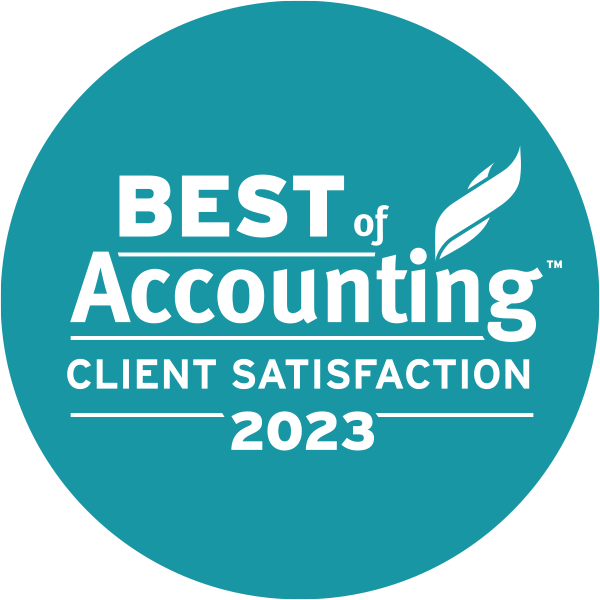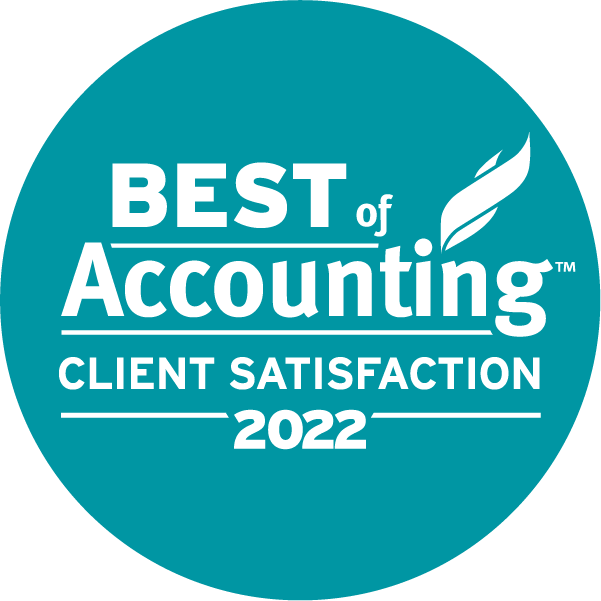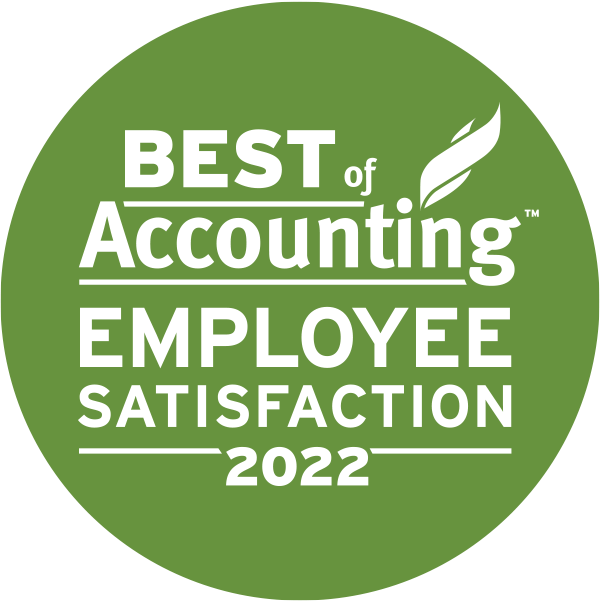Business is business, personal is personal. The sooner you draw the line between business and personal expenses, the better. And once you have employees, it is even more critical to ensure they are not paying business expenses from their pocket. And if they are, the company reimburses the exact amount without delay. This whole business expense reimbursement can be time-consuming and messy if not done systematically. It can lead to arguments, excess reimbursement claims, and loss of time and money.
In this article, we will break down the expense reimbursement process so that you can ensure this tedious task becomes efficient and accurate.
What is a Reimbursable Expense?
By definition, a reimbursable expense is an expense an employee or business owner pays from their personal account/credit card on behalf of the company. For instance, if you go on lunch to meet a client, the amount paid for food and travel to the location becomes a business expense, as you would not have incurred that expense if it wasn’t for the business.
Employees can pay from their pocket and claim reimbursement if such expense is rarely incurred. However, if such expenses are frequent or the amount is significant, the business owner could give the employee a corporate credit card or purchase card. If the employee uses a corporate card, they use the company’s money, not personal money. In such a scenario, it becomes a business expense instead of a reimbursable expense.
What Type of Expenses are Reimbursable?
Reimbursable expense is a broad term that includes all types of allowable business expense deductions by the CRA. For instance, travel, office stationary, meals and entertainment, utility, rent, and wages are allowable business expenses. If incurred by business owners or employees from their pocket on behalf of the business, all these expenses can become reimbursable expenses.
Travel: Travel expenses can include the cost of traveling from the office to the supplier to collect office supplies, air tickets to fly to another city for a meeting, parking, cab fare, fuel cost, and accommodation. While this is generic, you can be specific and determine if upgrading to business class or hiring a premium car is reimbursable to avoid arguments.
Meals and entertainment: While meals and entertainment are reimbursable, you can set a daily meal allowance to ensure employees don’t make unreasonable claims for reimbursement. You could also determine if alcoholic beverages are reimbursable or not.
Utilities: If you have employees working from home, the company could reimburse their internet, electricity, and mobile costs.
Each of these expenses should have a set limit. The reimbursement policy should be specific for certain expenses to ensure reimbursable expenses do not shake the company’s budget. For instance, for expenses like office stationery or a foreign trip, you could set a rule wherein a manager’s approval is required to purchase. This way, you can control your business expenses.
How To Set Up an Expense Reimbursement System?
The expense reimbursement should match the amount spent by the employee, for which you should ask for the receipt. Imagine getting reimbursement claims from multiple employees for multiple expenses.
Identifying reimbursable expenses is difficult, tracking and recording them is another challenge, and paying the right amount can be tedious. At the same time, you have to ensure these reimbursements are paid in a timely manner. If the employee has paid via credit card, the reimbursement should be in his account before the billing cycle ends. All this needs an expense reimbursement system.
1. Form an expense reimbursement policy: The first step is to ensure a well-defined reimbursement policy explaining in detail what constitutes reimbursable expenses. It should also explain the complete process of submitting a reimbursement claim, the documents needed, the forms, and when and how the claim will be processed. This document should be easy to read and refer to.
2. Create a procedure for claim reimbursement: You can set up a system for claim reimbursement so that every department knows what to do. An expense reimbursement software can help you with the process. Employees can select the expense category, fill in the details like the date, the reason for the visit (travel), miles travelled, an option to attach the receipt, and the manager’s approval for certain expenses.
3. Set reimbursement cycle: As you have a payroll cycle, you can have an expense reimbursement cycle. For instance, you could ask employees to submit their claims a week before payday so that you can process the reimbursement with the salary. You could also ask employees to submit claims every Friday and reimburse them via cash, cheque, or direct debit every Wednesday. A cycle will make managing the workflow easy for HR, accounts, and other departments.
Contact McCay Duff LLP in Ottawa to Help You Set Up Payment Systems and Policies
Professional accountants and bookkeepers are well-versed in setting up a system for all types of payments and receipts and tracking and reporting them accurately. At McCay Duff LLP, our accountants and bookkeepers can provide services such as organizing your books of accounts and payment cycles. To learn more about how McCay Duff LLP can provide you with the best accounting and bookkeeping expertise, contact us online, or by telephone at 613-236-2367 or toll-free at 1-800-267-6551.





